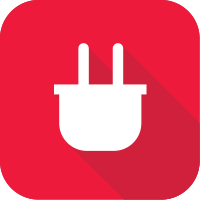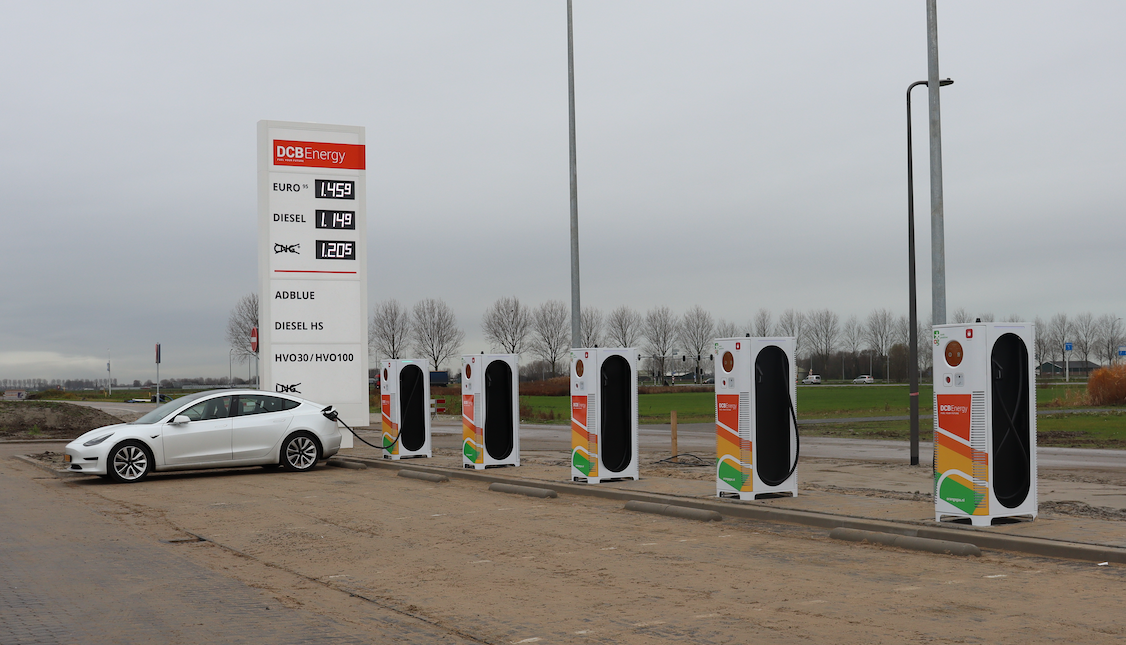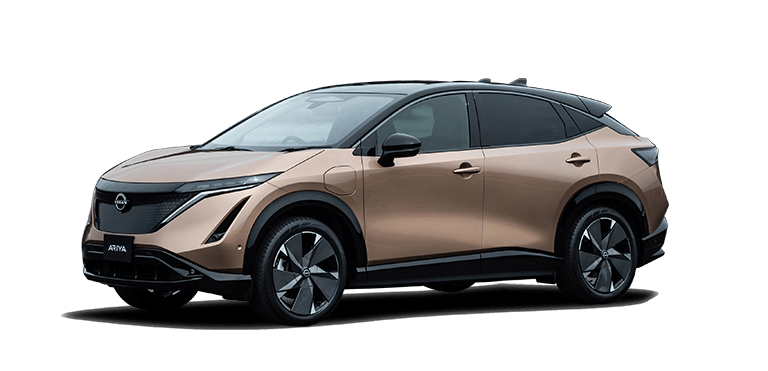From € 0.35 per kWh and without starting rate
Contact
Location Heerenveen
Pluto 3
8448 CM Heerenveen
Directions
Contact
Location Amsterdam
Pedro de Medinalaan 1-9
1086 XK Amsterdam
Directions

OG operates fast chargers based on 100% green electricity at the lowest rate (from €0.35 per kWh) in the Netherlands. We purchase this from farms that generate wind energy. Electric driving offers opportunities for anyone who wants to drive cleanly on shorter distances. With the current range of 150 to 300 km, it can be practical when you can charge at work and at home. Electric driving is zero emission.

From € 0.35 per kWh and without starting rate
Purchased from farms that generate wind power

Large selection from partially to fully electric

Many fast charge points in the Netherlands

Electric driving is becoming increasingly popular. Electric driving means that you drive on an electric motor. You charge an electric car with a charging station using electricity. The battery of an electric car stores the power.
Driving an electric car is clean and quiet and indirectly emits 30 to 55% less CO2 per kilometer than a fuel-powered car.
An electric car emits nothing tank-to-wheel (from the exhaust). This is why it is also called zero emission. When measured well-to-wheel, electric driving is less clean. This is because of the CO2 emissions from battery production, tire wear and driving on gray electricity. When using green power, this makes a huge difference.
The number of fast charging stations in the Netherlands is growing rapidly. The charging infrastructure is built in such a way that you have a fast charging station every few kilometers to charge your electric car.
You need a charging card to be able to charge an electric car. At the moment it is not yet possible to pay by debit or credit card. Often a subscription is used.
For lease drivers, there is still a lower additional taxable benefit for electric driving (although over a higher purchase amount). The lower addition applies up to a certain amount. An additional tax rate of 22% must be paid on the additional purchase value.
Charging an electric vehicle is cheap. OrangeGas charges the lowest price in the Netherlands for fast charging, namely 35 cents per KWh.
For the private individual, the financial benefit is less applicable to electric cars. The purchase value of an electric car for private individuals is often too high and there is little second-hand available due to the lifespan of electric cars.
The time needed to charge an electric car depends on how empty the battery is, how fast the car can charge and which charging station is available at that moment.
When you charge an electric car at home with a 220 Volt connection and an empty battery you should count on a charging time of 8 hours. At a standard public charge point this will be about 2 to 4 hours with an empty battery. If you use a fast charging station then an empty battery will be at least 80 percent charged in a maximum of 30 minutes.
There are several types of electric cars available. Full electric, Hybrid, Plug-in Hybrid and Range Extender. Find out which one suits you best.
The range of an electric car is very different. There can also be a big difference between the range 'by the book' and the reality. OG therefore uses this website to show you both the factory figures and the actual figures. Most cars have a range between 150 and 300 kilometers.

An all-electric car is powered only by one or more electric motors. This fully electric car therefore does not use fuel. The electric motors draw energy from a battery pack, which is charged via a charging station.
A hybrid car has both an electric motor and an internal combustion engine. The battery of the hybrid is relatively small. When the battery is empty, the car continues to run on the combustion engine.
A plug-in hybrid has both an electric motor and an internal combustion engine. But the battery pack of the plug-in hybrid is smaller than that of an all-electric car. The battery is charged while driving via the combustion engine and at a charging station the car can be plugged in. Once the battery is empty, you continue driving on the combustion engine.
An electric car with a range extender has both an electric motor and a small combustion engine. Yet you drive this car entirely on electricity because the combustion engine is not connected to the wheels. As soon as the battery of your car is almost empty, the combustion engine starts generating electricity to charge the battery.
Leave your information below and we will call you for a no-obligation consultation.
